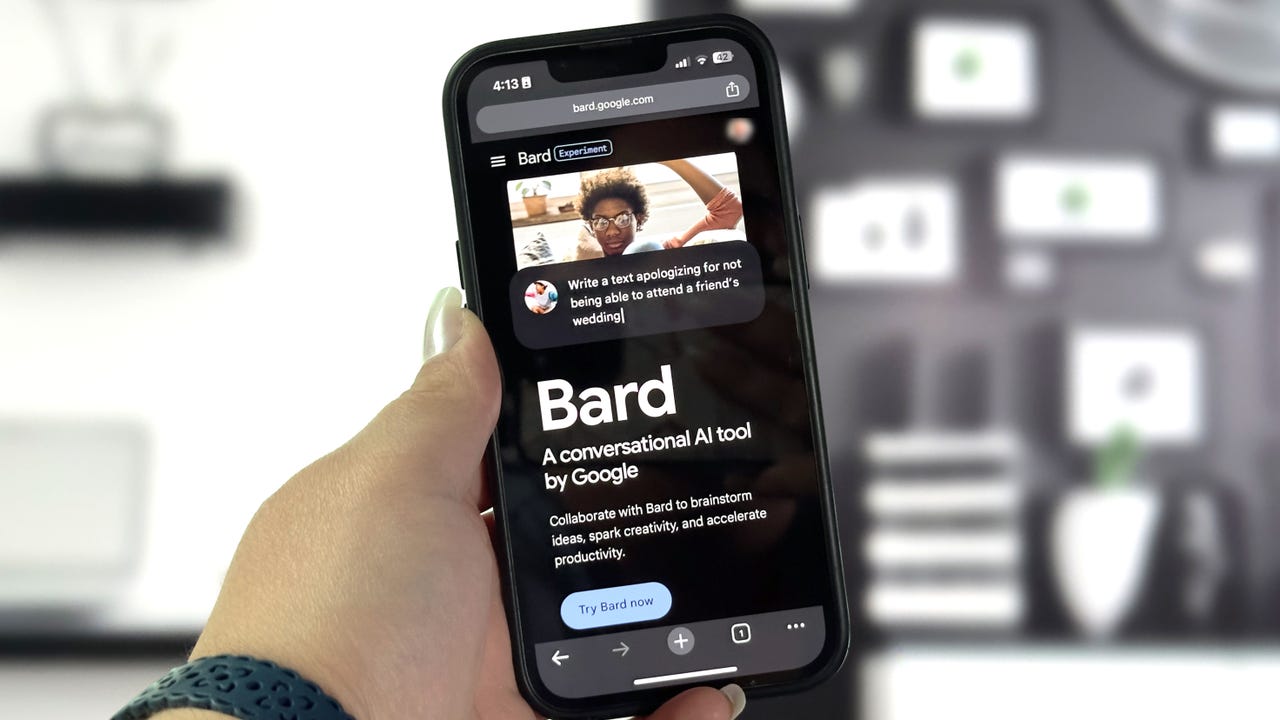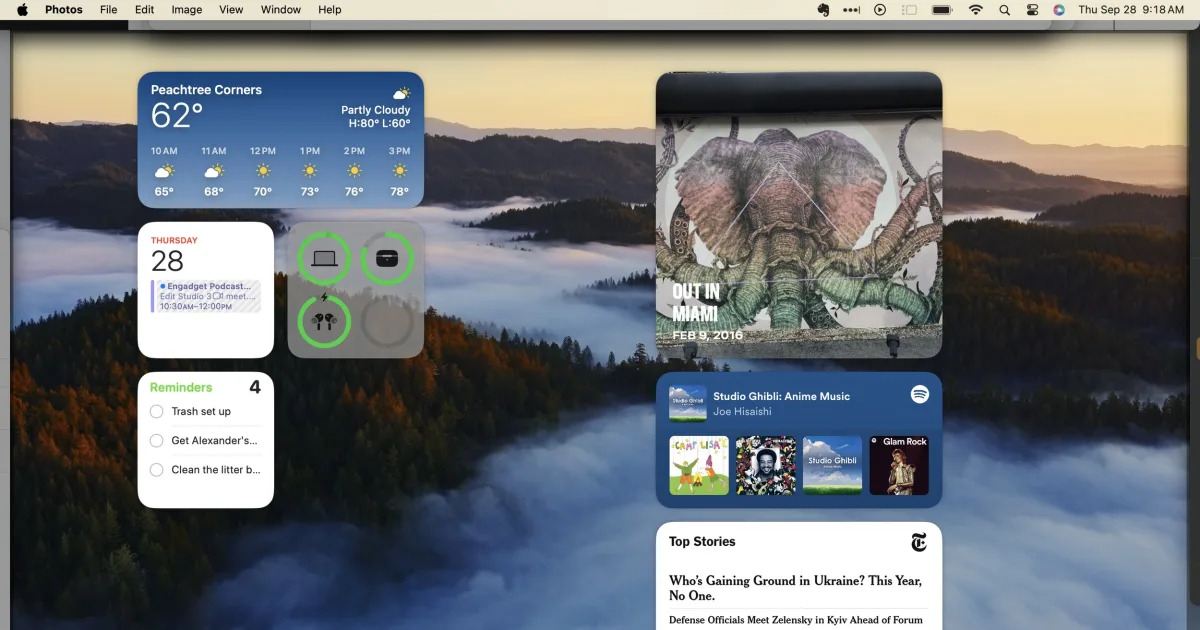Using Google Bard Dos and Don’ts
Using Google Bard Dos and Don'ts
Introducing Google Bard: The AI Chatbot with a Sense of Humor

Artificial intelligence (AI) tools have been making waves with their innovative ideas and capabilities, but Google Bard, the tech giant’s own creation, has been gaining attention for entirely different reasons. While Bard is meant to be an assistive AI chatbot, its performance has often fallen short, leading to some hilarious and unpredictable conversations.
Bard, a generative AI tool, is designed to generate text for a wide range of purposes, from cover letters and homework assignments to computer code and detailed translations. Similar to ChatGPT, Bard uses AI to provide human-like conversational responses when prompted by a user. However, its accuracy and reliability have been questionable, often leaving users frustrated or amused by its responses.
So, how can you use Google Bard effectively? Let’s take a closer look at the steps:
1. Go to the Google Bard page & log in
To start using Google’s new chatbot, visit the Bard homepage by going to Bard.Google.com and log in to your Google account. This will give you access to the AI-powered tool and its functionalities.
2. Get familiar with the Bard chat window
Once logged in, you’ll be taken to the Bard chat window. The interface has been optimized to be user-friendly and easy to navigate. Here’s what you’ll find:
- New chat: Clears the current conversation and starts a new one.
- Text area: Enter your questions or prompts at the bottom of the screen.
- Microphone: Dictate your prompts by clicking on the microphone within the text area.
- Upload image: Explore the Google Lens integration with Bard, where you can add images and ask Bard questions about them.
- Conversation: Your interaction with Bard AI appears at the center of the chat window. You can view other drafts for each response, give feedback, refresh for a new answer, and more.
- Listen: Clicking on the speaker makes Bard read its response out loud.
- Edit: Edit your prompt to get a new answer without rewriting it entirely.
On the top-right corner of the window, you’ll find additional options like Bard Activity, Extensions, Help & Support, Settings, and access to Google Apps.
3. Start writing your prompts
With Bard AI ready to assist you, enter your query in the text area and send it to the chatbot. Prepare to be entertained by its responses, which can range from accurate and helpful to utterly surprising.
Now, let’s address some frequently asked questions about Google Bard:
What can I ask Google Bard?
The Bard AI chatbot can answer most questions using Google’s search tools. It can provide recipes, help you debug code, explore various topics, and even compose a poem about unexpected subjects. However, be cautious and avoid sharing personal information with the chatbot.
Does Bard provide inaccurate answers?
Initially, Bard faced criticism for factual mistakes in its demo. While Google has made significant upgrades and improvements to the AI chatbot, Bard is still an experiment capable of making mistakes. It’s important to treat the responses with caution and verify information from trusted sources.
Does Bard AI save my conversations?
Google doesn’t save your entire interaction when using Bard, but it does retain the prompts and questions you ask. However, considering Google’s reputation as a data tracker, it’s best to avoid sharing private or sensitive information with the chatbot.
Does Bard AI use GPT-4?
Unlike many other AI chatbots, Bard doesn’t use the GPT series. Instead, it relies on Google’s proprietary large language model named PaLM 2 (Pathway Language Model).
Will Bard AI replace Google Search?
AI chatbots like Google Bard, Bing Chat, and ChatGPT have the potential to replace traditional search engines. These chatbots provide straightforward answers in a conversational manner, making them more functional for certain use cases. However, it’s important to note that their responses may not always be accurate, so a cautious approach is advised.
Does Google Bard have a waitlist?
Previously, Bard AI was only accessible through a waitlist. However, in May, Google announced that it’s ending the waitlist access program, opening up Bard AI to users in over 180 countries and territories.
While Google Bard may not always provide the expected responses, it certainly adds an element of humor and unpredictability to AI chatbot interactions. So, whether you need assistance with cover letters, translations, or just want to have a good laugh, give Google Bard a try!
Read the original article on ZDNet.




